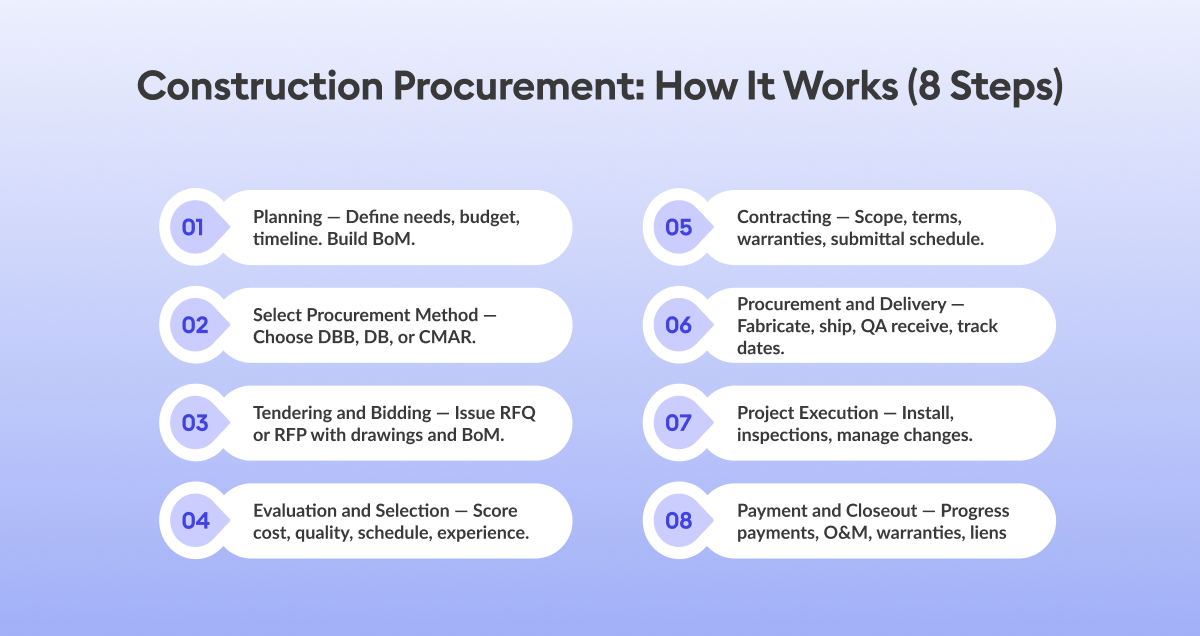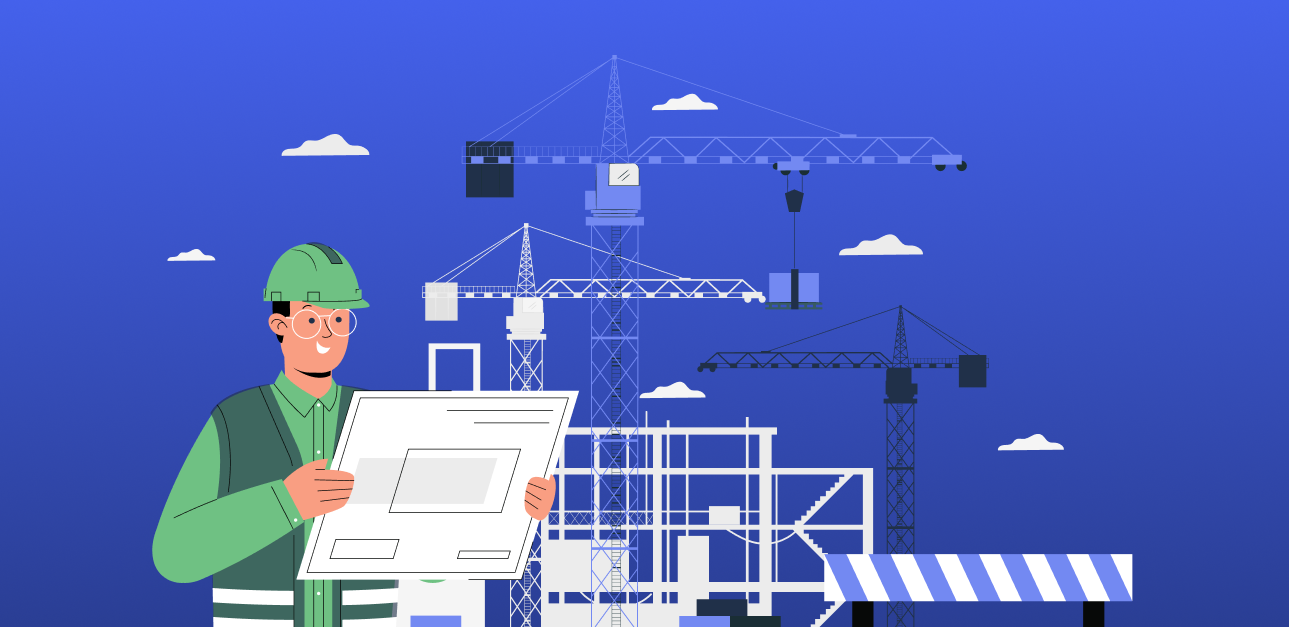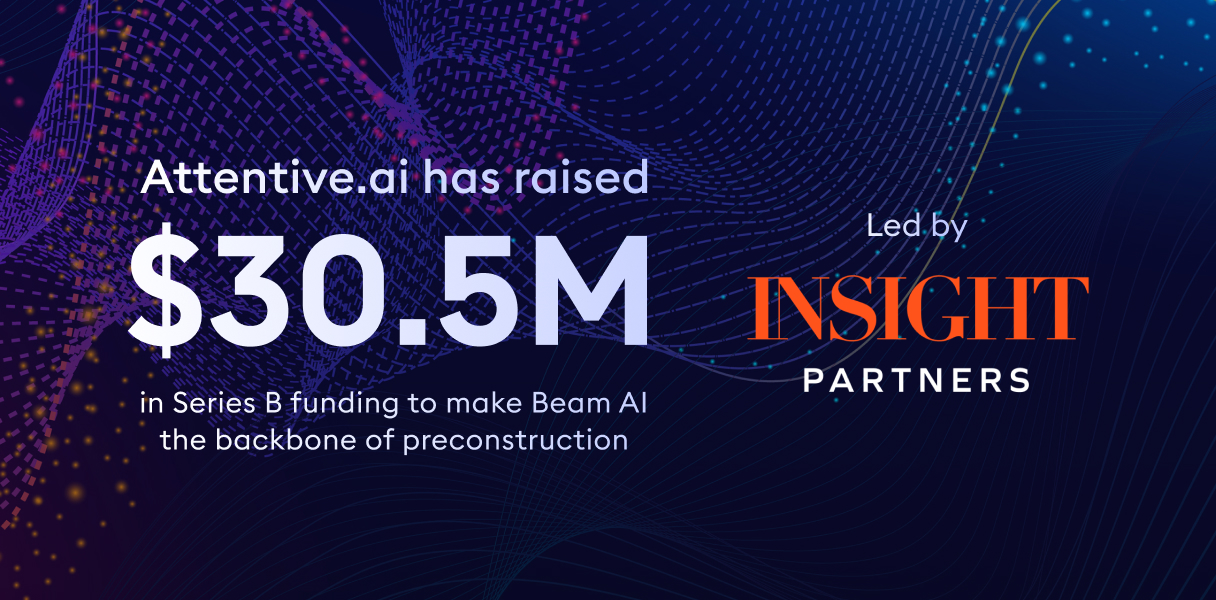If you’ve ever missed a delivery window because a line item on the BoM wasn’t right, you know this truth: construction procurement is where projects quietly win or lose. This guide breaks down the process, shows where the risks hide, and gives you a simple way to tighten supplier selection, contracts, and performance without slowing the job.
What is Construction Procurement and Why is it Critical?
Defining Construction Procurement: More Than Just Buying
Construction procurement is the end-to-end system of planning what to buy, selecting suppliers, contracting, expediting, receiving, and closing out. It covers materials, equipment, and specialty subcontracted work. The output is not just a purchase order. It is predictable cost, quality, and delivery that support the schedule.
The Core Importance: Mitigating Risks and Optimizing Value
Good procurement does three things:
- Controls cost with accurate scopes, apples-to-apples quotes, and smart contract types.
- Reduces risk by aligning lead times, logistics, and warranties with real site conditions.
- Protects schedule through clear submittals, approvals, and expediting.
Owners, GCs, and subs feel this every day: the closer procurement is tied to accurate quantities and current drawings, the fewer RFIs, changes, and urgent weekend calls.
The Construction Procurement Process: A Step-by-Step Guide

Step 1: Planning
Define requirements, budget, and timeline. Build a clean BoM from the latest drawings and specs. Identify what you must buy or subcontract — materials, equipment, services, and labor (labour).
Outputs: procurement plan, risk notes, preliminary buyout schedule.
Step 2: Select Procurement Method
Choose the approach that fits scope, risk, and speed: Design-Bid-Build, Design-Build, or CMAR/CM at Risk.
Outputs: contract strategy and approvals.
Step 3: Tendering / Bidding
Issue RFQs/RFPs with drawings, spec sections, BoM, terms, and alternates. Hold a pre-bid to align inclusions and delivery expectations.
Outputs: complete bid packages and bidder Q&A.
Step 4: Evaluation and Selection
Score bids on cost, quality, schedule, experience, safety, and compliance. Use a weighted bid tab so you compare apples to apples.
Outputs: evaluated bid tab and award recommendation.
Step 5: Contracting
Draft the PO/subcontract with scope, milestones, payment terms, warranties, insurance/bonding, escalation, LDs, and a submittal schedule.
Outputs: executed contract and submittal log.
Step 6: Procurement and Delivery
Suppliers procure, fabricate, and ship per contract. You expedite, track ship dates, receive against QA, and keep communication tight.
Outputs: approved submittals, fabrication releases, delivery tickets, inventory records.
Step 7: Project Execution
Install per spec and schedule. Coordinate inspections, handle RFIs/changes, and keep deliveries matched to look-ahead plans.
Outputs: installed work, updated logs, progress billing.
Step 8: Payment and Closeout
Process progress payments per terms. Collect warranties, O&M manuals, attic stock, lien waivers, and finalize punch lists.
Outputs: closeout package and final acceptance.
Key Types of Construction Procurement Methods and Strategies
Traditional Procurement (Design-Bid-Build)
How it works: design completes, then bids, then build.
Pros: competitive price, clear roles, mature legal footing.
Cons: longer timeline, more design-to-field RFIs, change exposure when details are thin.
Best for: well-defined scopes, fewer unknowns.
Design-Build Procurement
How it works: single contract for design and construction.
Pros: speed, early constructability input, single point of accountability.
Cons: pricing transparency can be lower, owner must define performance outcomes clearly.
Best for: schedule-driven projects, complex integrations.
Construction Management and Management Contracting
- CM at Risk (CMAR): CM holds trade contracts and delivers at a GMP.
- Agency CM: owner holds contracts, CM advises.
Pros: early trade engagement, phasing flexibility, value engineering baked in.
Cons: requires strong owner governance, fee awareness.
Best for: large or fast-track programs with multiple packages.
PPP and EPC Contracts
- Public-Private Partnership (PPP): private partner finances, builds, sometimes operates.
- EPC: engineer, procure, construct under one contract.
Pros: integrated risk transfer, clear single point of responsibility.
Cons: complex negotiations, higher soft-cost effort.
Best for: infrastructure and industrial projects with heavy performance guarantees.
Best Practices for Optimizing Construction Procurement
Embrace Digital Tools: E-Procurement and Automation
- Centralize RFIs, bid tabs, and submittals in one system.
- Use structured BoMs so vendors quote consistently.
- Track lead times against the master schedule.
- Connect procurement logs to field delivery and inventory.
Where Beam AI fits: accurate, current quantities improve every part of procurement. Many teams use AI-based takeoffs to generate clean BoMs and to compare addenda so buys don’t drift. Contractors using Beam AI report saving about 90 percent of takeoff time and sending 2x more bids, which frees buyers and PMs to focus on negotiation and supplier performance rather than re-measuring drawings.
Strategic Supplier Relationship Management
- Build A, B, C supplier tiers by capability and geography.
- Share look-ahead schedules so suppliers can reserve capacity.
- Run quarterly scorecards and business reviews.
- Keep a second source warm for volatility.
Prioritize Risk Assessment and Mitigation
- Map risks: long-lead items, import dependencies, commodity swings, winter logistics, union rules, and permitting.
- Use contract levers: escalation clauses, LDs, bond requirements, and clear acceptance criteria.
- Stage buys and use release orders to match cash flow.
Ensure Transparency, Compliance, and Ethical Sourcing
- Standardize bid forms so exclusions surface.
- Follow public procurement rules where applicable.
- Document all decisions. Clean files shorten audits and disputes.
Common Challenges in Construction Procurement and Solutions
When your MTO is clean and current, buyers negotiate from firm ground. That’s where tools like Beam AI help, by keeping quantities accurate as drawings change. If you want to see your live plans processed and organized into a vendor-ready BoM, bring a project to a short demo.
FAQs
What is construction procurement?
It is the full lifecycle of planning, buying, contracting, expediting, receiving, and closing out materials, equipment, and specialty work so the project hits cost, quality, and schedule.
What are the procurement process steps in construction?
Plan needs and BoM, select suppliers and tender, award and negotiate, then manage contracts and performance through delivery and closeout.
What are the main types of construction contracts?
Lump Sum, Unit Price, Cost-Plus, GMP, and Time and Materials. Pick based on risk profile, design certainty, and the need for speed or transparency.
How does construction supply chain management tie in?
Procurement feeds the supply chain with accurate BoMs, delivery windows, and QC requirements. Good SCM keeps materials flowing to match installation sequences.
How can technology improve procurement?
E-procurement centralizes RFQs, bid tabs, and submittals. AI-assisted takeoffs, like Beam AI, keep quantities accurate across addenda so buyers issue cleaner POs and avoid late changes.

.png)






.png)
.jpg)


.png)

.webp)

